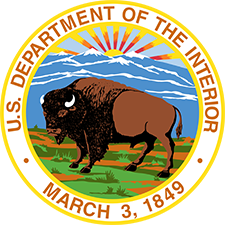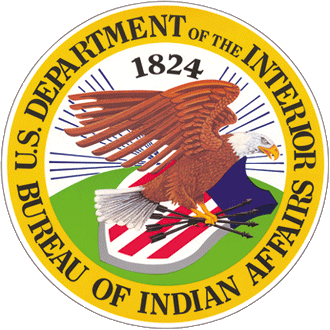The Branch of Land Titles and Records (BLTR) parcel mapping project is guided by the Geospatial Data Act of 2018. The purpose of the law is to minimize the duplication of geospatial activities across agencies and improve collaboration, reduce waste, and codify previous executive actions.
BLTR’s goal is to convert data from the Trust Asset and Accounting Management System (TAAMS) and the Public Land Survey System (PLSS) to produce a geodatabase with datasets that can be used by regional and national Geographic Information Systems (GIS) specialists in Bureau of Indian Affairs (BIA) regional offices and agencies as well as other federal partners with other systems including dashboard and map applications.
Because BLTR is the branch responsible for the title documents in TAAMS, it will give final approval of the created datasets.
BLTR is leading this ongoing effort to better coordinate and share geospatial data within BIA.
Specific Aims
Convert PLSS Land Description Data From TAAMS/PLSS to Tract and Parcel Boundary and Attribute Data for Mapping
The BLTR GIS team will process all tract and associated parcel (allotted and Tribal) data from TAAMS using highly automated or manual methodologies to create a geodatabase of the tracts and their associated parcels.
Convert Metes and Bounds Descriptions in TAAMS to Tract and Parcel Boundaries
The GIS team will review all metes and bounds descriptions for tracts and parcels and determine if the description is sufficient for mapping. If descriptions are not sufficient to map tracts and parcels, they will be recorded in the validation and tracking system and it will be recorded in the “discrepancy” report from which a discrepancy/research request will be generated. Further research will be assigned to the appropriate agency to assist in the research allotted parcels.
Implement Quality Control Procedures and Evaluation Data Discrepancies/Issues
The team will develop a quality control plan that establishes quality control procedures for building the geodatabase and identifying discrepancies in the tracts/parcel data set as part of their data gathering.
Additional Information
Additional Resources
Contact Us
Aberdeen, SD 57401


